How Can You Revive Old Clubs?
Top tips on how to clean and revive your golf clubs so you fetch the best possible price


If you’ve made the decision to upgrade your clubs, you may be wondering how you can revive them in order to get the best price. Or, you may have a favourite set sitting at the back of your garage that you want to put back in the bag, and they’re in need of a bit of TLC.
There are a number of ways to bring golf clubs back to life, and if it’s a part exchange you’re interested in – a service offered by golfclubsfor4cash – it pays to spend some time getting them in the best possible condition, literally.
“The number one thing golfers can do to enhance the value of their equipment is to sell them after they’ve been cleaned,” says Dean Cracknell, Head Of Marketing, golfclubs4cash, Europe’s largest retailer of second-hand golf equipment.
“We see a lot of golfers that want to sell or trade-in their golf clubs with us, but they don't spend time cleaning them beforehand. You don’t have to take hours and hours doing it, and it’s amazing how nice they can come up after a quick clean.”
Let’s start with the obvious - cleaning your clubs. We advise following these five simple steps to get your old clubs looking like new again.
Step 1
Let’s being with your irons and wedges. Squirt a little washing up liquid into a bucket and fill it with enough lukewarm water to cover the heads of your irons. You don’t want the water coming up ferrules, and be careful you don't run the water too hot. Boiling water can loosen the ferrules, which join the shafts to the heads.
Step 2
Submerge the clubheads in the water and allow them to soak for a few minutes. This is an important step, as it will help loosen any dirt in the grooves. For the moment, keep your woods and putter to one side.
Get the Golf Monthly Newsletter
Subscribe to the Golf Monthly newsletter to stay up to date with all the latest tour news, equipment news, reviews, head-to-heads and buyer’s guides from our team of experienced experts.
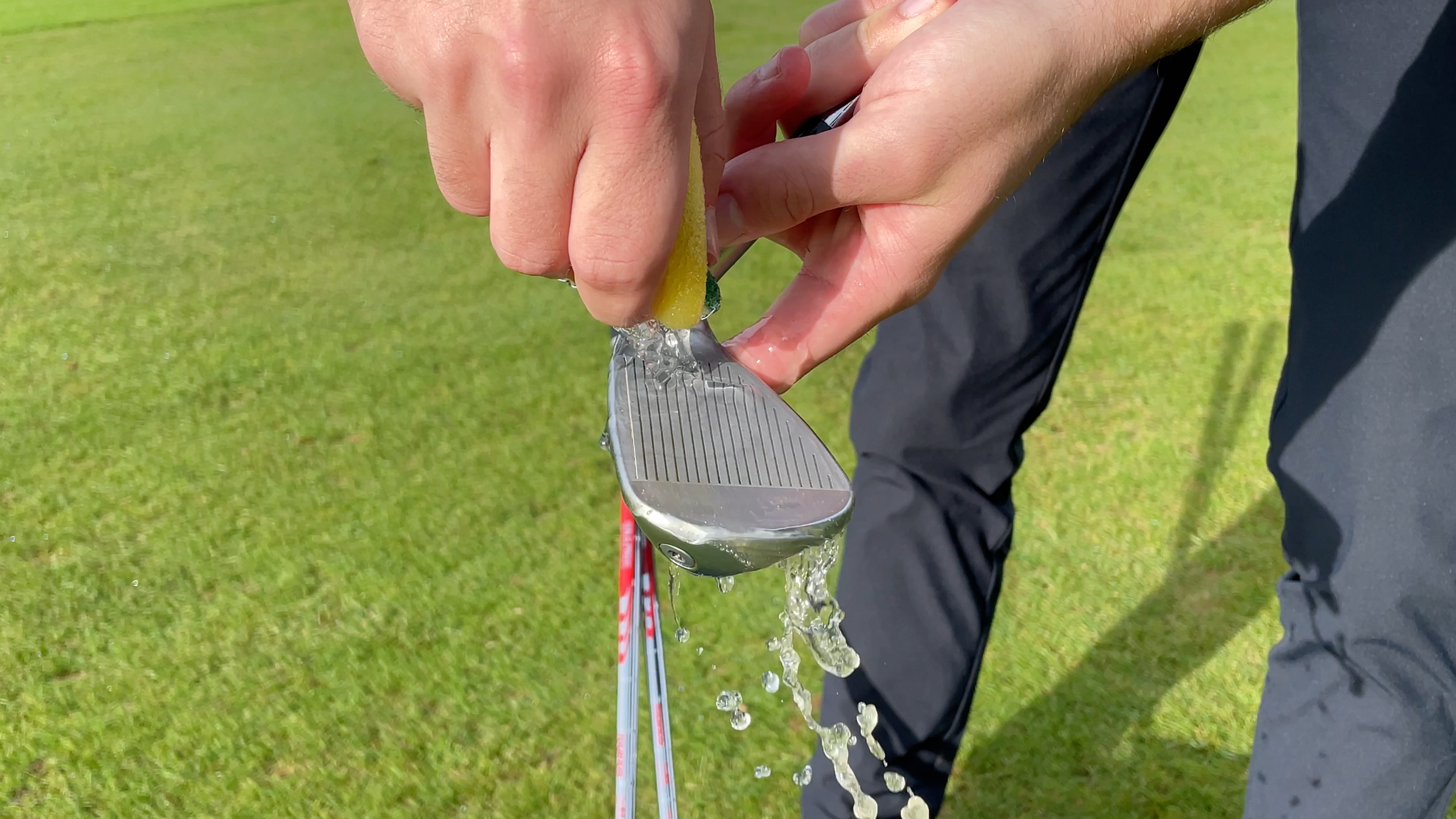
Step 3
Now you’ll need an old toothbrush (something similar like a nylon brush can be equally effective) to clean out the individual grooves. Removing dirt and debris from the grooves will help increase surface area contact with your golf ball at impact, which is how the grooves impart spin to give you added control – so do give each clubhead a good going over.
Step 4
After you’ve cleaned the grooves, run the toothbrush across the sole of the club and over the back of the clubhead. Some clubs are either to clean than others, so just be sure to get that brush into every little cavity.
Step 5
Once all the mud has gone, use a hose or tap to rinse off the clubhead, then a towel to dry off the clubhead, Make sure you wipe the shaft and ensure each club returns to the bag completely dry.
How to clean forged irons
If you play with forged irons, we advise using a soft nylon brush. If your forged irons start to show signs of rust, which happens when the mild carbon steel becomes exposed during a shot that chips the chrome plating, you can spray the surface with WD-40 and clean them with a nylon brush. Using a plastic bucket is advisable as the softer material is unlikely to leave any marks, like a ceramic sink can. Once you've done this, make sure you wipe them clean with a dry cloth.
Woods and putter
Unlike your irons and wedges, you shouldn't submerge these clubs in water. Instead, either dip them in and out and rub down with a cloth, or use a wet cloth to wipe them over. Then dry them thoroughly.
Cleaning and replacing grips
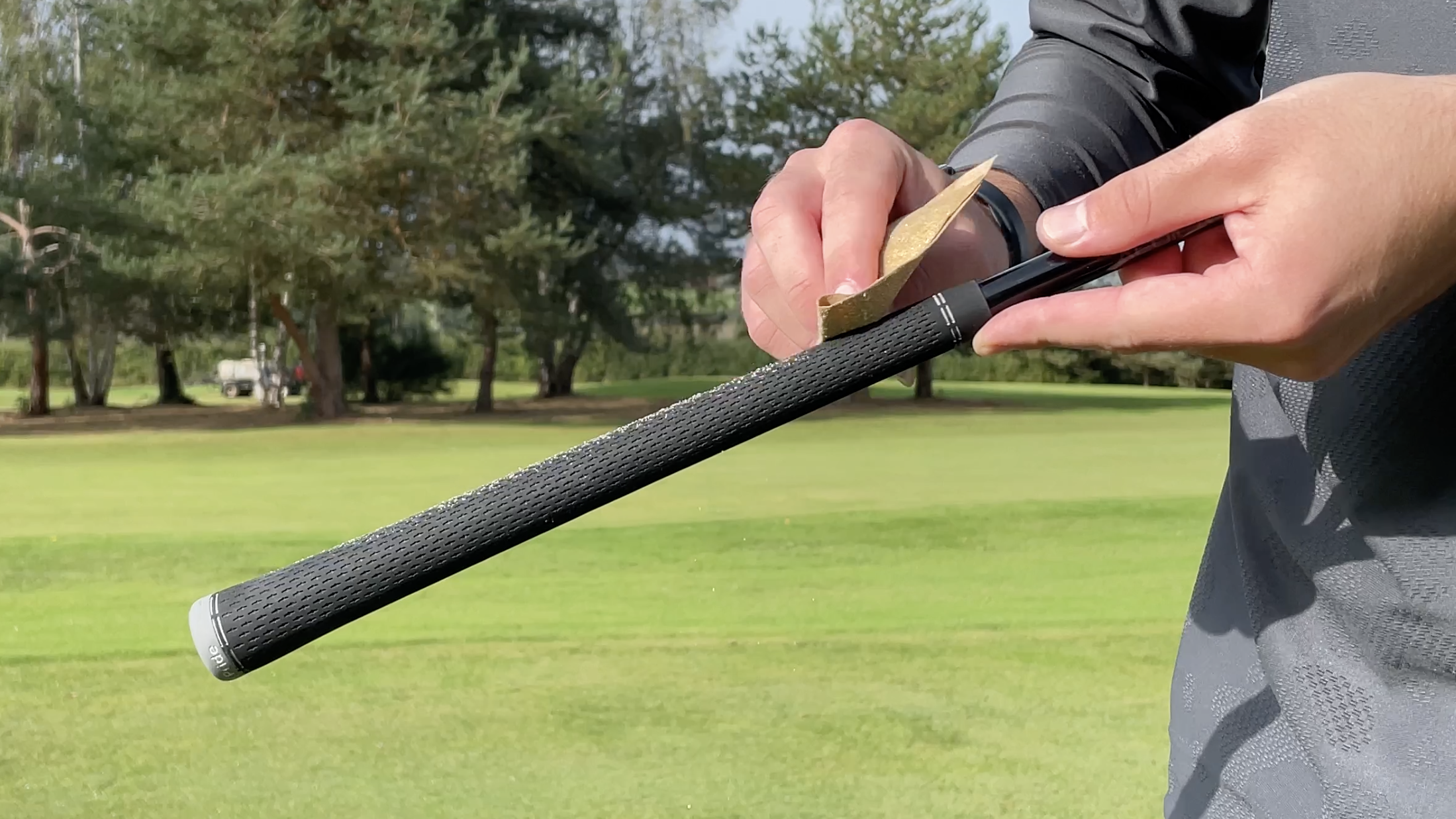
It’s important not to neglect your grips. If you don't clean your grips periodically, they will get slick, which can have an adverse effect on your performance. The easiest way to clean your golf grips is to wipe them down with a moist cloth, then dry them gently with a towel. This removes surface dirt and grime, and only takes a few minutes. Too much pressure when you’re drying the grips can mean you end up wearing them down, so be gentle. You could even rub them down lightly with sand paper to reinvigorate the surface and a tacky feel.
Of course, there are going to be occasions when no matter how diligent you are washing your grips, a re-grip is required. In fact, one of the best ways to revive old clubs is to replace the grips. With a good clean and a new grip, it's amazing how quickly your golf clubs can be brought back to life.
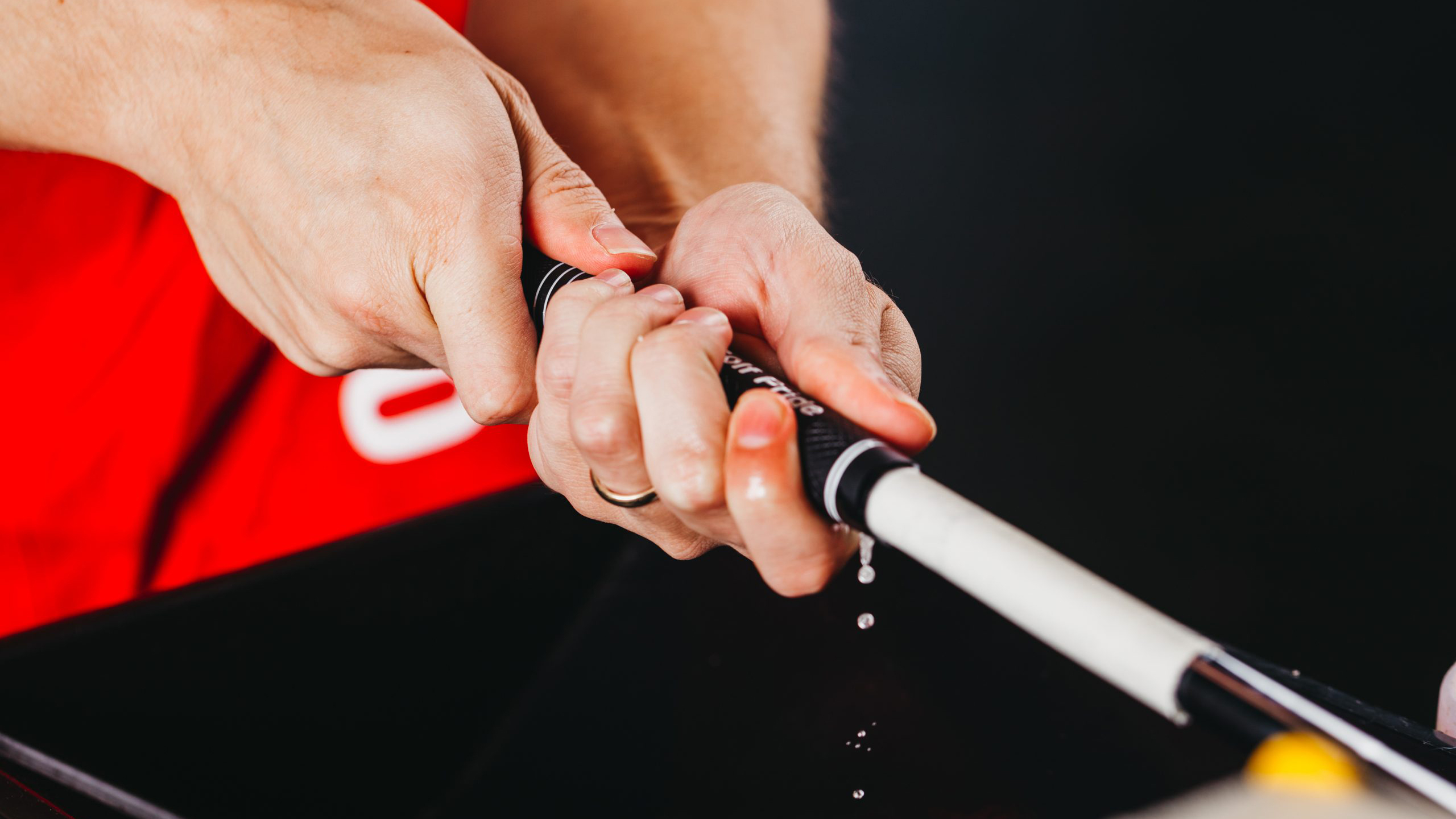
Top tip
There’s nothing worse than nicking a stone with your iron and picking up a scratch. It’s going to happen every now and again, especially if you insist playing your ball as it lies and not taking relief from the type of surface that can mark your clubs.
Whilst there’s little you can do with dents and deep scratches, a little bit of T-Cut (or similar rubbing compound) can work wonders with the smaller nicks and marks. Apply a bit of the compound to the clubhead and rub it with a towel. Using a Scotch-Brite pad or a little steel wool on the clubface can also revive the clubface and enhance the finish. There you go, good as new.

Michael has been with Golf Monthly since 2008. A multimedia journalist, he has also worked for The Football Association, where he created content to support the England football team, The FA Cup, London 2012, and FA Women's Super League. As content editor at Foremost Golf, Michael worked closely with golf's biggest equipment manufacturers and has developed an in-depth knowledge of this side of the industry. He's a regular contributor, covering instruction, equipment, travel and feature content. Michael has interviewed many of the game's biggest stars, including seven World No.1s, and has attended and reported on numerous Major Championships and Ryder Cups around the world. He's a member of Formby Golf Club in Merseyside, UK.
-
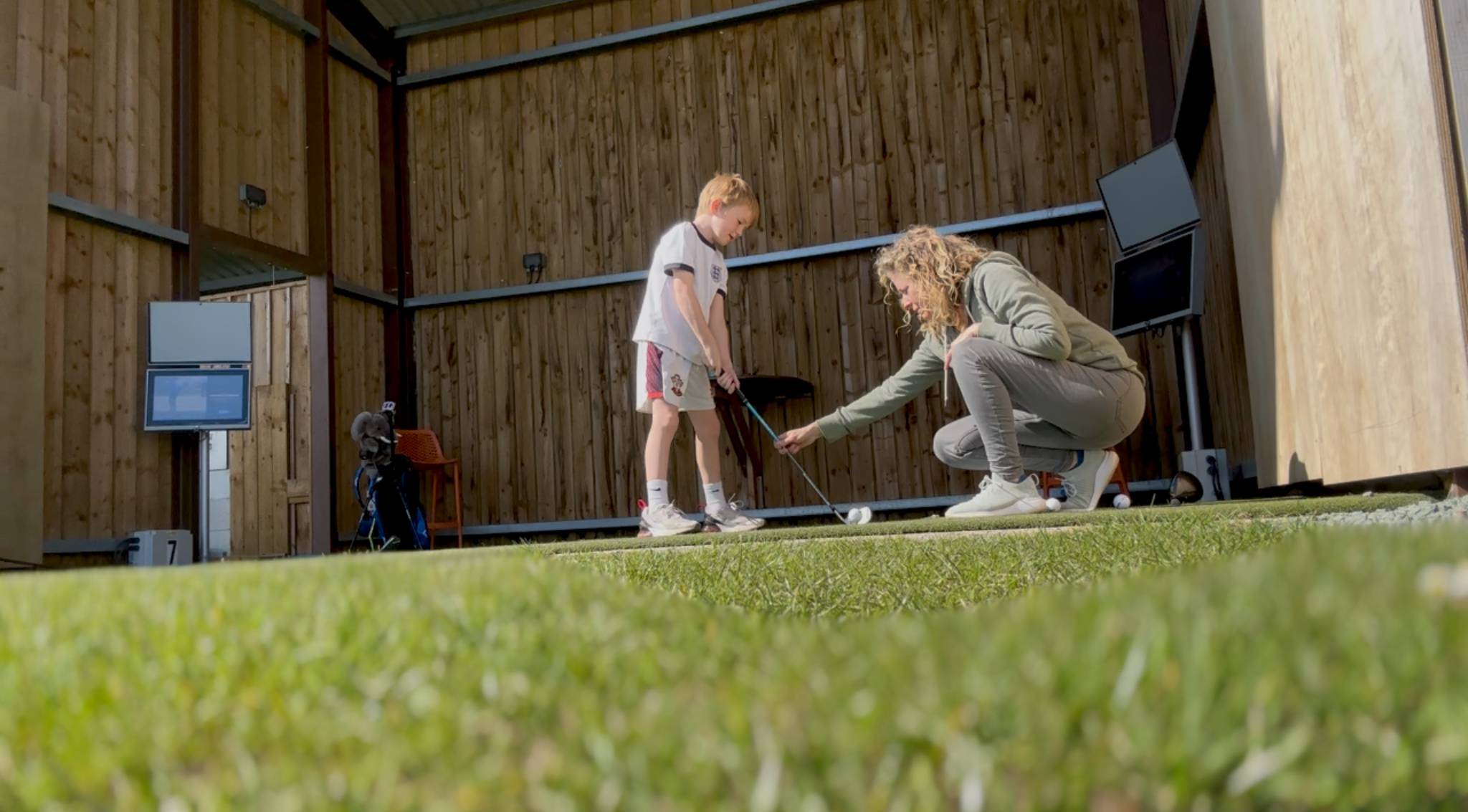 I’m A PGA Golf Coach - Here's Why I Made Sure My Kids Can Play Golf
I’m A PGA Golf Coach - Here's Why I Made Sure My Kids Can Play GolfFrom life lessons to lifelong friendships, Top 50 Coach Katie Dawkins on what golf can give your children
By Katie Dawkins
-
 Rory McIlroy's Masters Win More Popular Than Tiger Woods In 2019 As Incredible TV Ratings Released
Rory McIlroy's Masters Win More Popular Than Tiger Woods In 2019 As Incredible TV Ratings ReleasedMcIlroy's role as golf's primary needle-mover continued on Sunday as the Northern Irishman's fifth Major attracted an awful lot of eyeballs in the USA...
By Jonny Leighfield
-
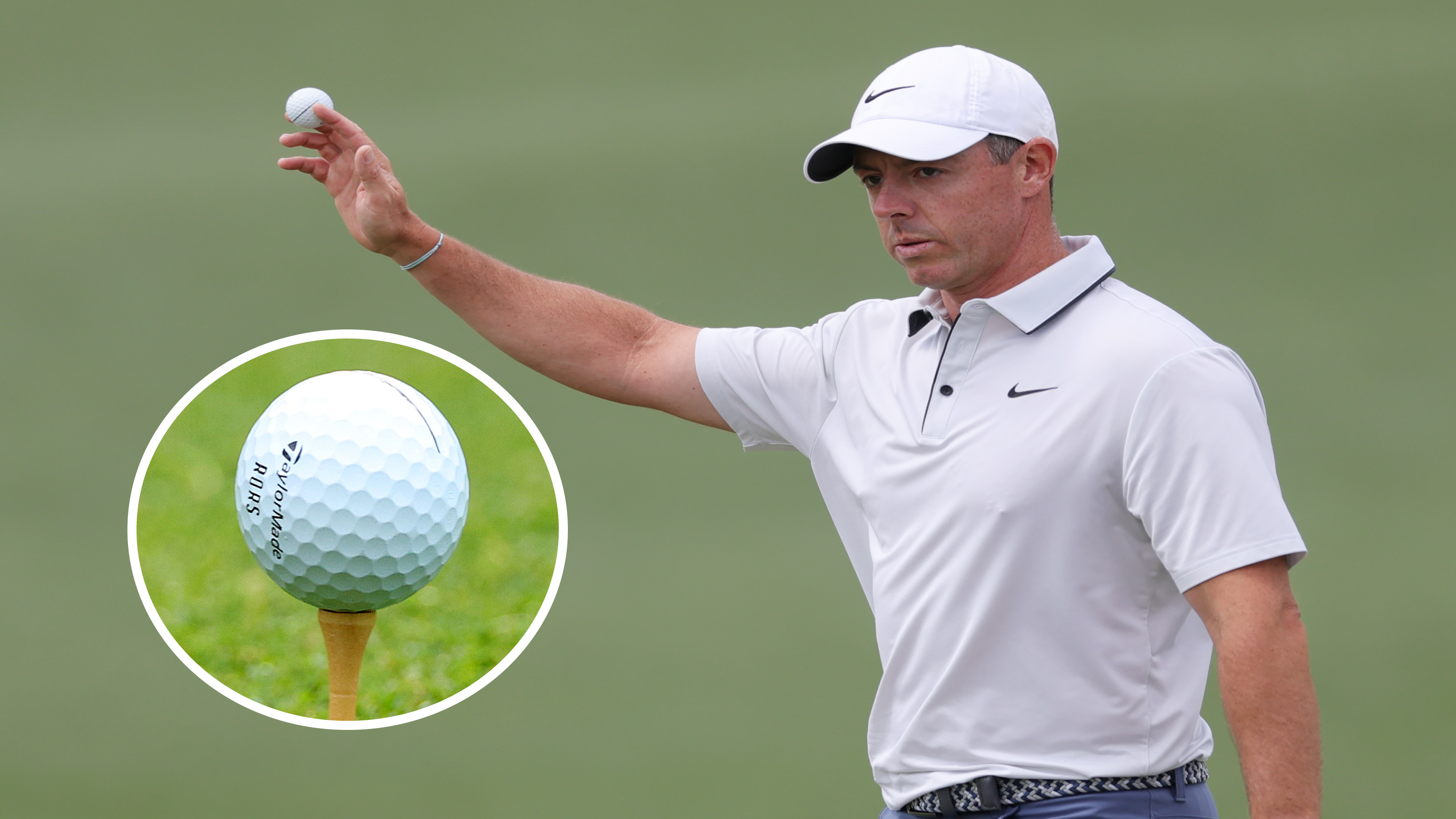 Could This 'Stumbled Upon' Equipment Switch Finally Land Rory McIlroy the Grand Slam?
Could This 'Stumbled Upon' Equipment Switch Finally Land Rory McIlroy the Grand Slam?Rory McIlroy made a golf ball change earlier this season that has reignited his wedge play and it could be about to pay off in the most dramatic possible way…
By Joe Ferguson
-
 Real Players Use Long Irons, Right? Well, Fred Couples Nearly Made The Cut At The Masters At 65 Years Old, And His Longest Iron Is A…
Real Players Use Long Irons, Right? Well, Fred Couples Nearly Made The Cut At The Masters At 65 Years Old, And His Longest Iron Is A…Both Couples and Bernhard Langer turned back the clock brilliantly over the first two days at Augusta National and did so with some interesting bag setups.
By Joe Ferguson
-
 I Built Tiger Woods’ 2019 Masters Winning Bag From The Second-Hand Market!
I Built Tiger Woods’ 2019 Masters Winning Bag From The Second-Hand Market!PGA Professional Joe Ferguson has been taking a deep dive into Tiger’s bag for arguably the greatest victory of his career…
By Joe Ferguson
-
 How Titleist 'Used Every Tool In The Toolbox' To Enhance The New Pro V1 And Pro V1x Golf Balls
How Titleist 'Used Every Tool In The Toolbox' To Enhance The New Pro V1 And Pro V1x Golf BallsAfter months of testing and tour validation the new Titleist Pro V1 and Pro V1x golf balls are set to launch, but what's new? We explain all
By Sam De'Ath
-
 How The New Cobra DS-ADAPT Range Looks To Have Changed Driver Fitting Forever
How The New Cobra DS-ADAPT Range Looks To Have Changed Driver Fitting ForeverWith a revolutionary hosel design and refined aerodynamics, the Cobra DS-ADAPT may just become the standout driver in 2025
By Sam De'Ath
-
 £39 Vs £169 Wedge Test... Surprising Results!
£39 Vs £169 Wedge Test... Surprising Results!In his latest Retro Review, Joe Ferguson sees if the original Vokey wedge picked up for just £39 can compete with the modern equivalent four times the price
By Joe Ferguson
-
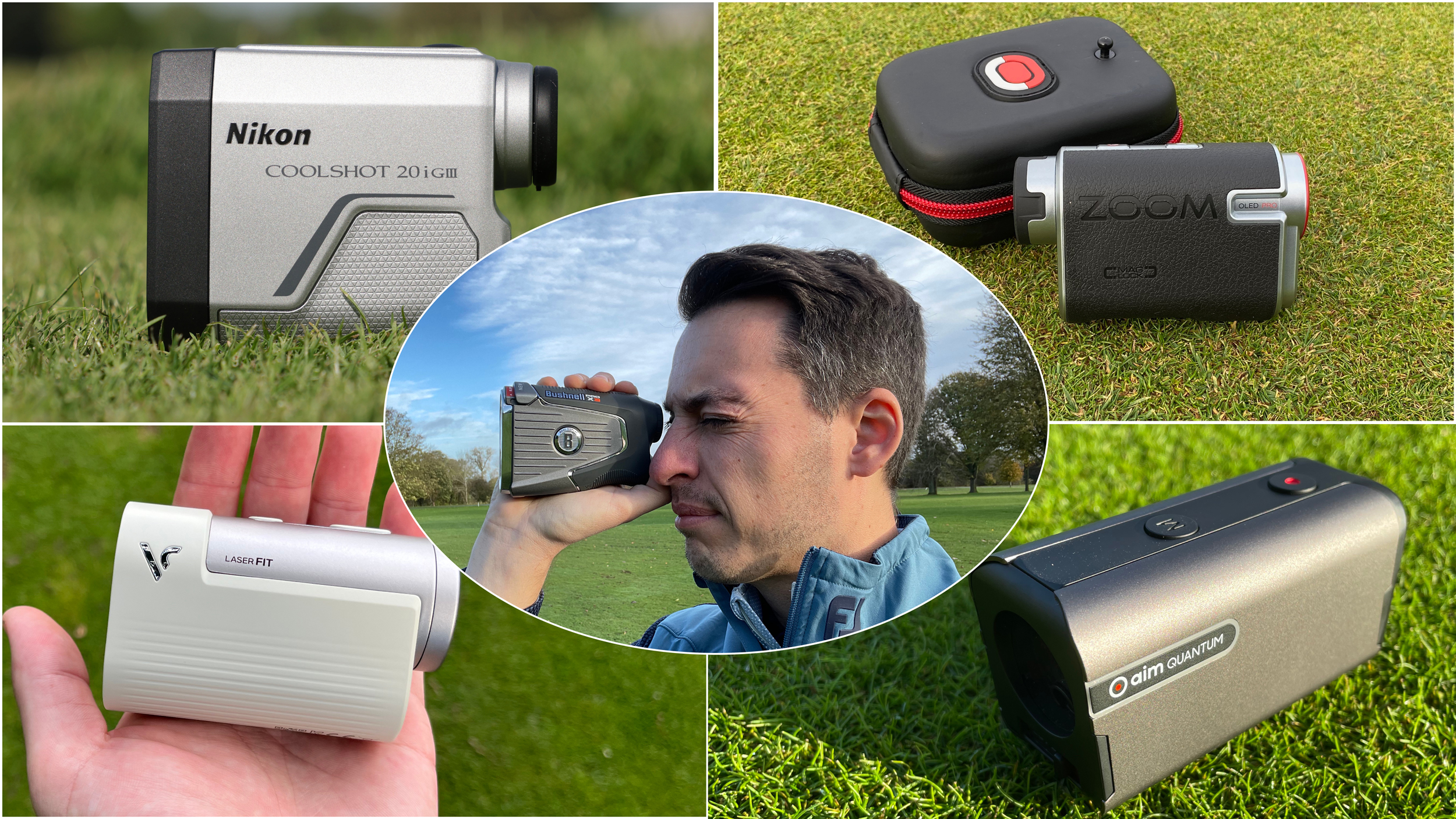 7 Useful Golf Rangefinder Features You Never Knew About
7 Useful Golf Rangefinder Features You Never Knew AboutThink you know everything a rangefinder can do? Think again. We've got seven of the best features currently available on the best modern rangefinders
By Dan Parker
-
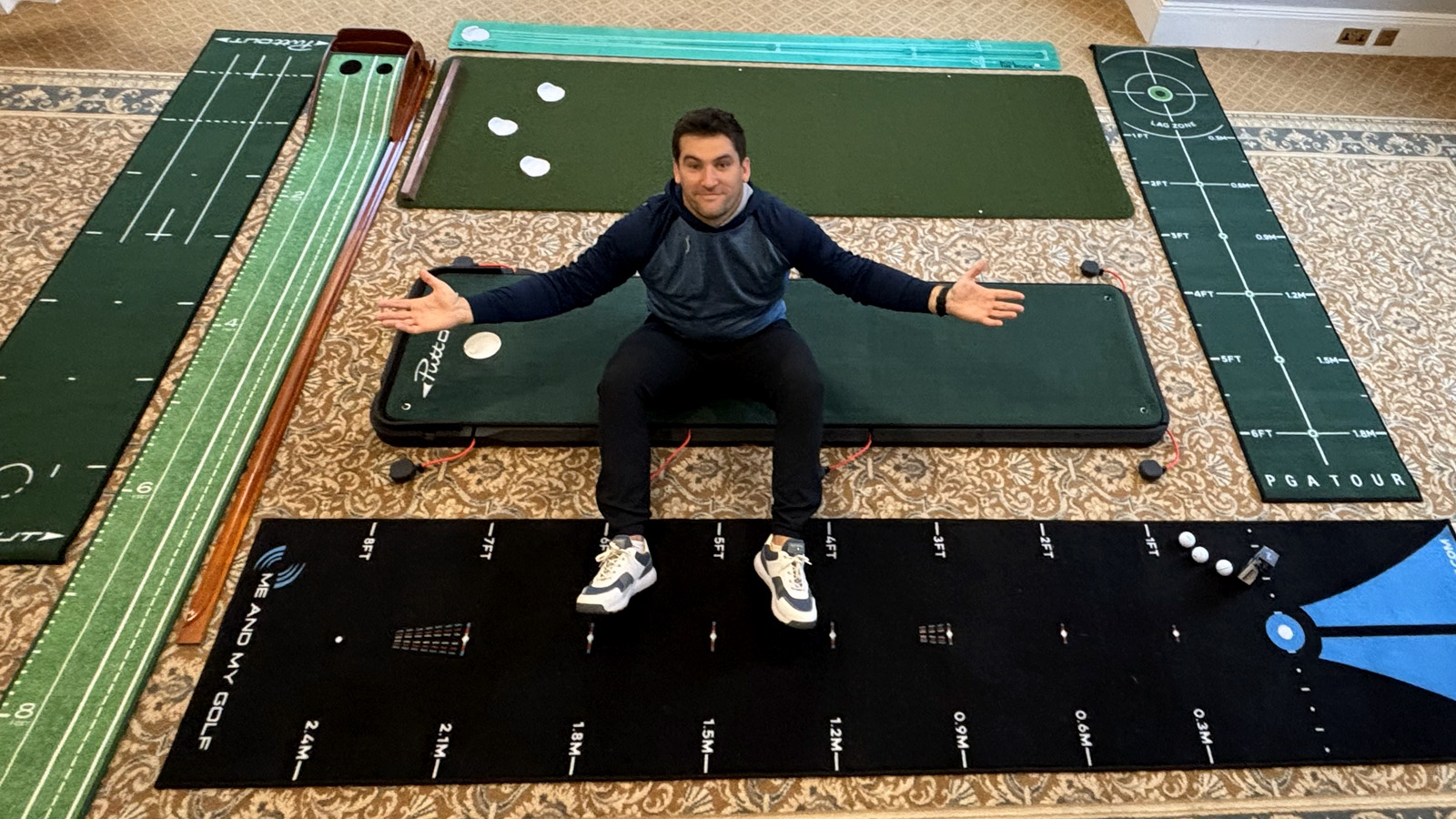 Do Putting Mats Help Improve Your Putting?
Do Putting Mats Help Improve Your Putting?Former professional golfer Sam De’Ath sheds light on whether or not a home putting mat can help improve your performance on the greens
By Sam De'Ath